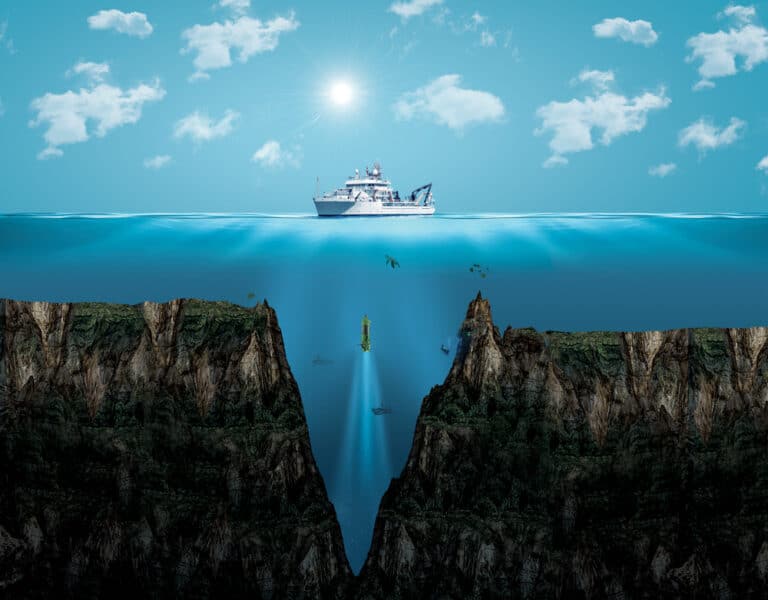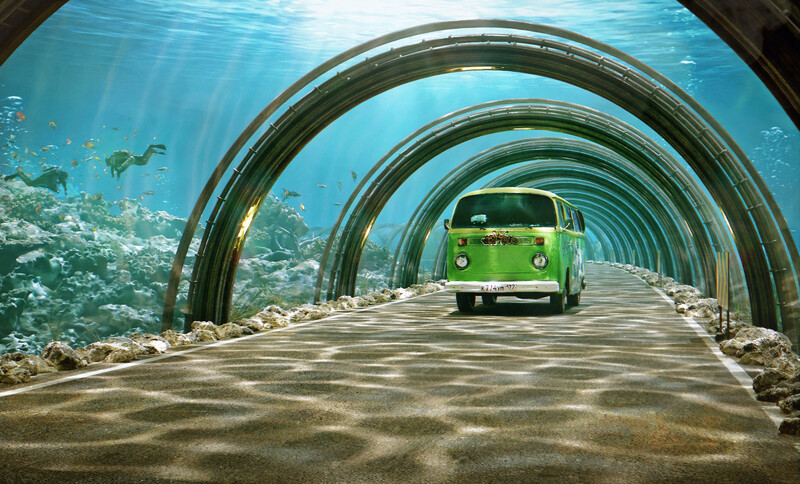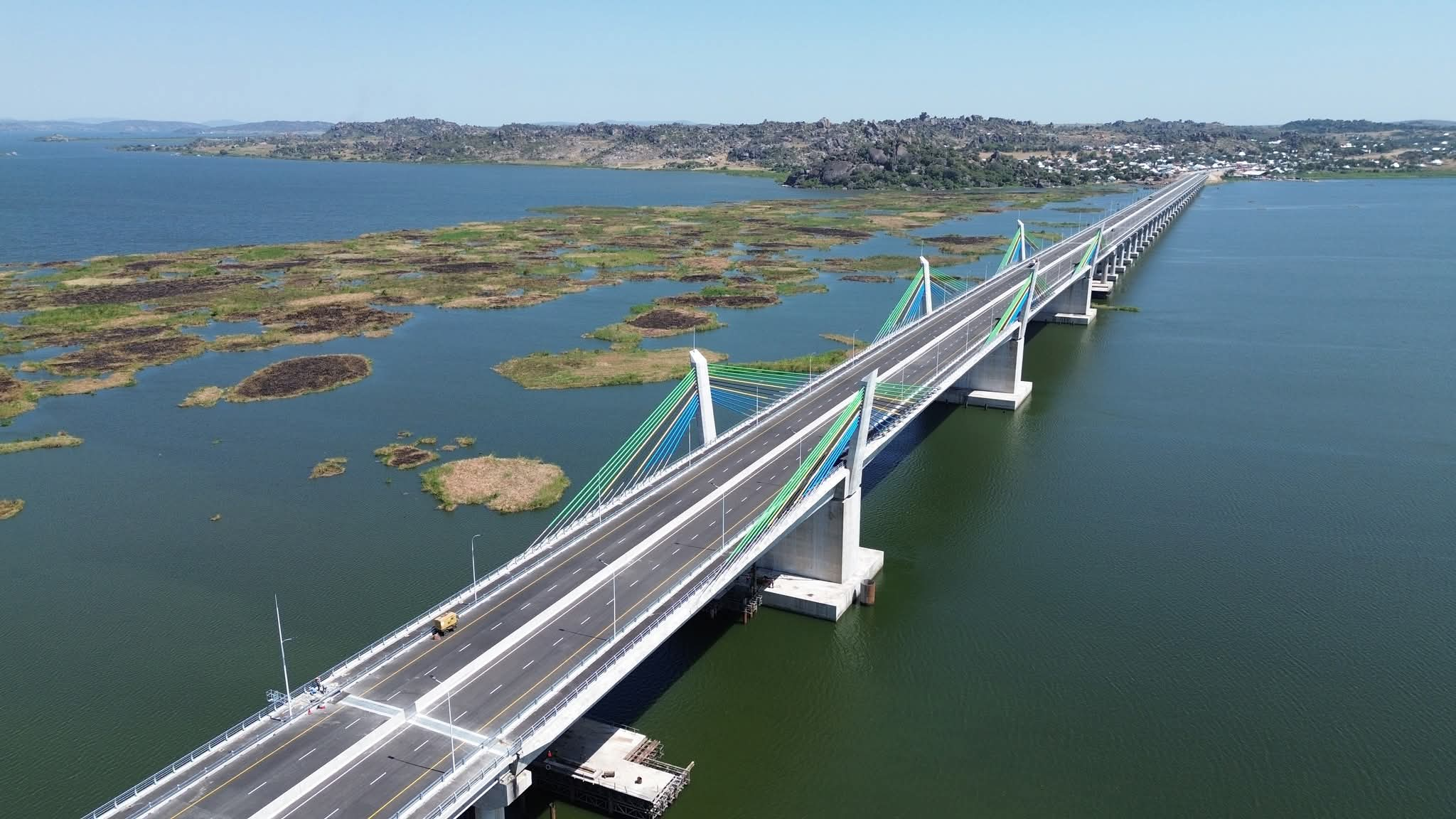THE CHALLENGER DEEP: Deepest Point In Earth's Ocean

Did you know that the Challenger Deep is the deepest known point in Earth's oceans, and that the highest mountain in the world, Mount Everest, if it were placed at its location it would be covered by over one mile of water?
The Challenger Deep is the deepest known point of the seabed of Earth, located in the western Pacific Ocean at the southern end of the Mariana Trench, in the ocean territory of the Federated States of Micronesia. The depression is named after the British Royal Navy survey ships HMS Challenger, whose expedition of 1872–1876 first located it, and HMS Challenger II, whose expedition of 1950-1952 established its record-setting depth.
The Challenger Deep was first explored by humans when Jacques Piccard and Don Walsh descended in the Trieste bathyscaphe in 1960. They reached a depth of 10,916 meters (35,814 feet).
The first depth measurements in the Mariana Trench were made by the British survey ship HMS Challenger, which was used by the Royal Navy in 1875 to conduct research in the trench. The greatest depth that they recorded at that time was 8,184 meters (26,850 feet).
In 1951, another Royal Navy vessel, also named the "HMS Challenger," returned to the area for additional measurements. They discovered an even deeper location with a depth of 10,900 meters (35,760 feet) determined by echo sounding. The Challenger Deep was named after the Royal Navy vessel that made these measurements.
In 2009, sonar mapping done by researchers aboard the RV Kilo Moana, operated by the University of Hawaii, determined the depth to be 10,971 meters (35,994 feet) with a potential error of ± 22 meters. The most recent measurement, done in 2010, is the 10,994 meter ( ± 40 meter accuracy) depth reported at the top of this article, measured by the United States Center for Coastal & Ocean Mapping.
In 2009 researchers from Woods Hole Oceanographic Institution completed the deepest dive by an unmanned robotic vehicle in the Challenger Deep. Their Nereus robotic vehicle reached a depth of 10,902 meters. The first descent by any vehicle was by the bathyscaphe Trieste in January 1960.
In 2010 the United States Center for Coastal and Ocean Mapping measured the depth of the Challenger Deep at 10,994 meters (36,070 feet) below sea level with an estimated vertical accuracy of ± 40 meters.
In March 2012, a solo descent was made by film director James Cameron in the deep-submergence vehicle Deepsea Challenger. As of July 2022, twenty-seven people have descended to the Challenger Deep.
Apart from Mountain Everest, the Challenger Deep is so exceptionally profound that you could fit five Grand canyons from the surface to the cavern floor or 13 of the tallest building in the world stacked from end to end. It took five hours for the first vessel in 1960 to sink to the bottom. Subduction, the process of one tectonic plate drilling over the top of another, caused the Mariana Trench’s formation. Scientists confirmed seismic evidence of a tear in the subducting plate, which causes a deformation of the overriding plate. This tear caused greater depths along the southern end of the Mariana Trench, right where the Challenger Deep sits. A survey (2003) of part of the ocean floor speculates another deep may rival the Challenger.
Sources: Geology | Wikipedia | A-Z Animals
#penglobalfactfile #ChallengerDeep


_1755775186.jpg)
